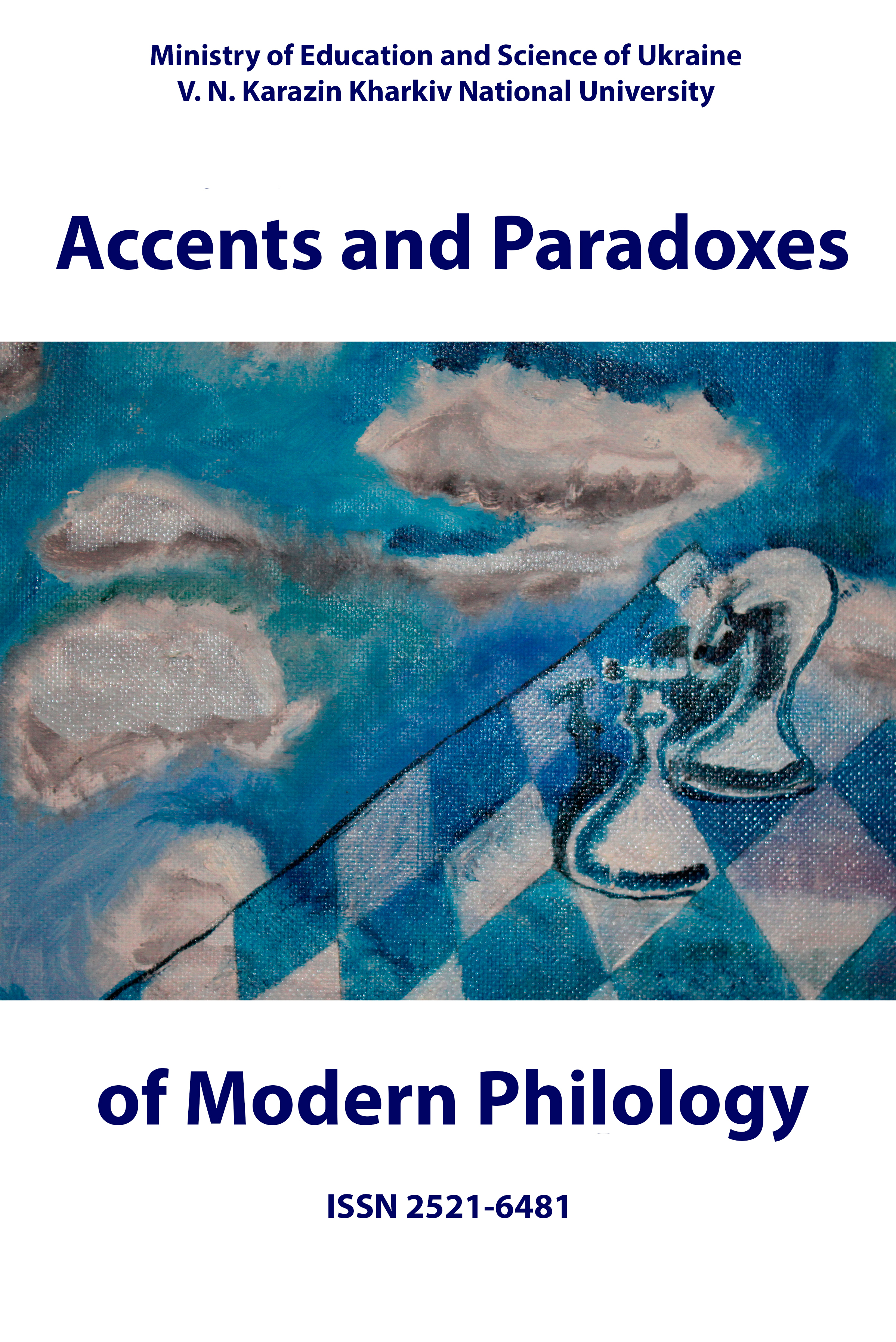Semantics of approximative particles in contemporary Italian
Abstract
In our paper we classify Italian approximative particles and describe their semantics. We define as «approximatives» all those modifiers that imply a certain degree of discrepancy between the speaker’s statement and the state of things it refers to. Approximatives are divided into two classes – limiting and graduating. We display their three main meanings: they imply a veracity assessment concerning the stated name, they imply the possibility of another name, they contain the seme ‘a little’. On the basis of its meanings and functions we define the semantic category of approximation as an autonomous category within linguistic system.
Downloads
References
Apresjan, Ju.D. (1995). Izbrannye trudy, vol. 1. Leksičeskaja semantika: 2-е izd., isp. i dop. М.: Jasyki russkoj kul’tury.
Grigor’eva, S.A. (2001). Stepen’ i količestvo (russkie narečija očen’, ves’ma, sil’no, polnost’ju, celikom). URL: http://www.dialog-21.ru/Archive/2001/volume1/1_11.htm
Lakoff, G. (1973). Hedges: A Study in Meaning Criteria and the Logic of Fuzzy Concepts. Journal of Philosophical Logic, № 2.
Lakoff, G. (2011). Elementi di linguistica cognitiva. Urbino: Quattro Venti. [пер. с англ. M. Cervi - M. Casonato].
Rosch, E. (1998). Principles of Categorization. The Motion Aftereffect. Cambridge (Massachusetts): MIT Press.
Rosch, E. (1973). Natural Categories. Cognitive Psychology, № 4.




